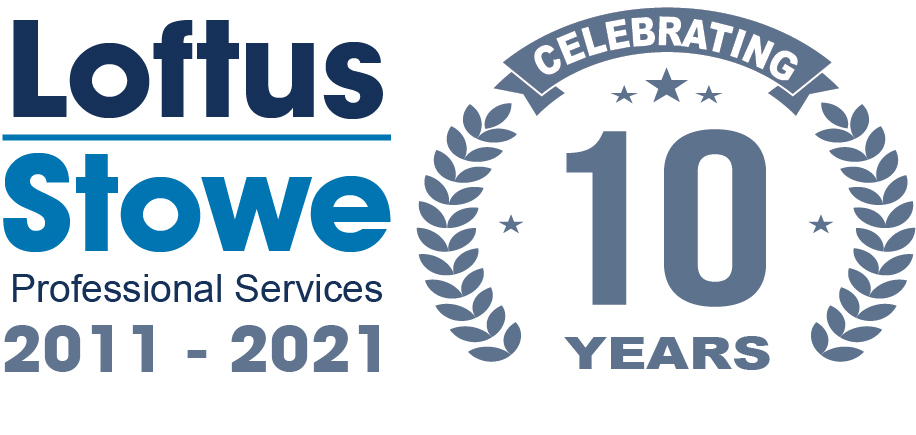This article originally appeared on Fool.com
WASHINGTON, DC Search giant Google (NASDAQ: GOOG.US) (NASDAQ: GOOGL.US) saw its Class A shares (GOOGL) rise $3.77, or 0.7%, in Tuesdays trading session, to close at $578.79, following a price-target increase from UBS.
According to Eric Sheridan, the covering analyst at UBS who kept his firms buy rating on Googles Class A shares but upped its price target from $630 to $670, investors are seriously underestimating Googles sustainable desktop and mobile business model and its potential to return significant capital to shareholders in the future.
Among the highlights of Sheridans research note to investors, he opines that desktop search revenue will remain a key contributor to Googles top-line over the long run; that Googles mobile services have been gaining mainstream traction; and that it has an excellent opportunity to build upon its mobile positioning thanks to its Android operating systems apps.
Perhaps no catalyst stood out more than Sheridans belief (a belief thats shared by other analysts on Wall Street) that Google will follow in the footsteps of Appleby initiating a dividend and instituting a substantial share buyback sometime this year.
If Googles Class A shares were to hit Sheridans target, the company would offer 16% upside from Tuesdays close, and it would be sporting a market valuation of $456 billion, good enough to take the No. 2 spot behind Apple.

Source: Google.
The question that investors should be asking here is just how feasible it would be for Googles Class A shares to hit $670. Keep in mind that while they dont trade perfectly in tandem, a 16% rise in Googles Class A shares would likely cause a nearly equal jump in its Class C (GOOG) shares.
On one hand, there are risk factors to purchasing a search powerhouse like Google. Perhaps its biggest risk is just how reliant the company is on ads (both desktop and mobile) for its survival. Based on its Q4 earnings report, just 11% of its $18.1 billion in revenue came from its other segment, with the remaining 89% of sales in some way tied to desktop and mobile ads. The business model has worked marvelously for years, but as with any ad-based company itll ultimately be reliant on growth from the U.S. economy to drive ad-spending growth and support its ad pricing power.
On the other side of the coin, Google is extremely profitable and its traffic acquisition costs as a percentage of revenue were down in Q4. With a majority of desktop search market share and a substantial share of mobile advertising (along with deep pockets), its going to be difficult to unseat significant market share from Google.
I believe the magnitude of Googles expected capital return to investors is really going to set the stage for how high the stock will head in 2015. Ultimately, with Google expected to grow its EPS from $25.59 in 2014 to a Wall Street-estimated $44.18 by 2018, Id suggest that $670 seems pretty attainable and reasonable perhaps not all this year, but at some point in the intermediate future.
Here at the Motley Fool, we focus on investing in great qualitybusinesses for years rather than months. It’s over that kind of time horizon that we can make sensible judgments on how a business is likely to perform, and whether the price is right.If you’d like to see what I’m talking about, thisinvestment dossierfrom our top Fools may be of interest to you.
It’s called ‘The Fool’s Five Shares To Retire On‘, and it’s currently free to view. It contains the five shares which we believe could be perfect for building a long-term portfolio. If you’re looking for investment ideas, which you can act on right away, this would be an ideal place to start.
Click hereto get instant access without any obligations whatsoever!
Sean Williamshas no material interest in any companies mentioned in this article. The Motley Fool UK owns shares in Google.





